Tower of London Barbary Lion Skulls
The bones of two medieval royal lions were discovered at the historic fortress.
In 1937, a team of workmen digging within the old moat at the Tower of London made a strange discovery. To the great surprise of those present, the skulls of two formidably fanged beasts were excavated from the earth.
The skulls were taken to the Natural History Museum, where an expert declared that they belonged to a pair of African lions. The bones were then placed in a box and tucked away in the museum’s vast archive, where they remained for decades. They stayed there until advances in carbon dating made a more thorough analysis possible.
One of the skulls has been dated to between 1280 and 1385, while the other is estimated to be from between 1420 and 1480. Both of these fierce felines were kept at the Tower during the years of the Plantagenet rule.
Sadly, in spite of their esteemed status as symbols of the might and majesty of the monarchy, analysis of the skulls has revealed that the royal lions were not very well cared for. Evidence derived studying their canine teeth suggests that both individuals were malnourished. It’s believed this nutrient deficiency eventually caused bone deformities, blindness, and ultimately, the deaths of the two big cats.
This more recent analysis also revealed that both lions were males from a subspecies that’s now extinct in the wild. The Barbary lion once roamed the Atlas Mountains of North Africa and was historically found in great numbers in countries such as Algeria, Morocco, Tunisia, and parts of western Egypt. It’s unclear exactly when the last wild Barbary lions went extinct, but it’s believed they disappeared from the wild during the 20th century.
Though all wild lions were extirpated from northern Europe after the last Ice Age, the creatures still became deeply embedded within English culture. The first record of a lion being used as a symbol of royalty was when King Richard I of the Plantagenet Dynasty. known as “Richard the Lionheart” for his bravery, adopted the image of three of these animals as the heraldic symbol of his royal arms. The involvement of Richard’s forces in the Crusades could have perhaps led to English knights and soldiers encountering either wild or captive lions in the Middle East.
The first known record of a live lion at the Tower dates from 1240 during the reign of King Henry III, when the cost of its upkeep is mentioned in a manuscript. Exotic beasts were kept at the tower’s menagerie until it closed in the 19th century.
Know Before You Go
The oldest lion skull is displayed in the Treasures Cadogan Gallery at the Natural History Museum.
Take the right hand central staircase in the main Hintze Hall, Turn left into the Treasures gallery. It is the first exhibit.


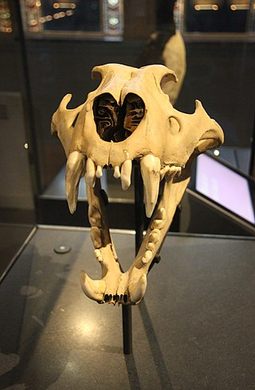
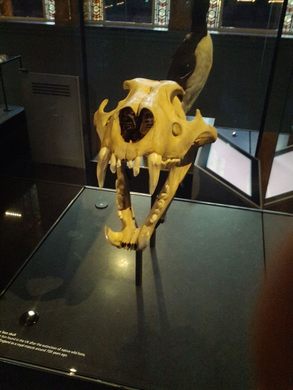



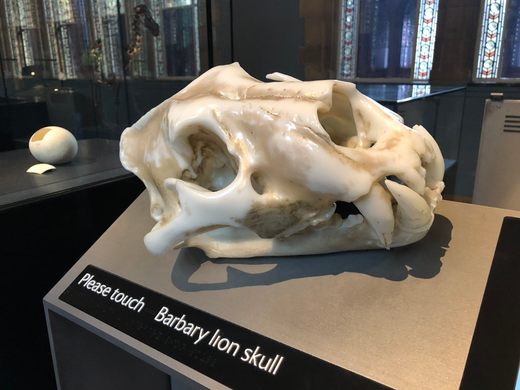

















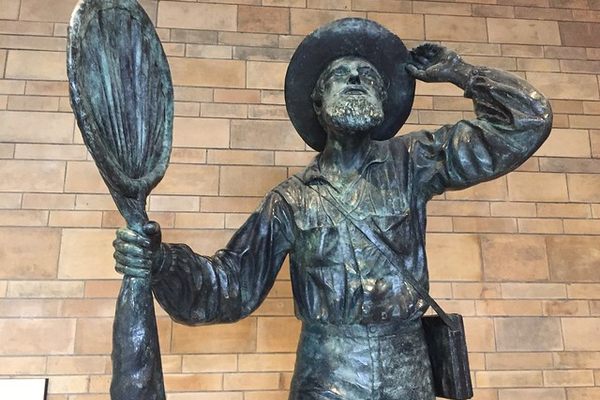

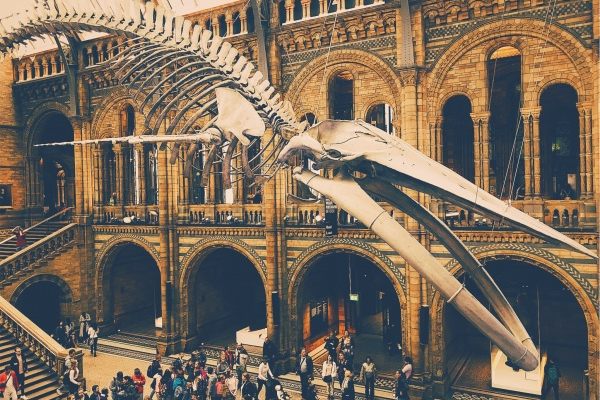

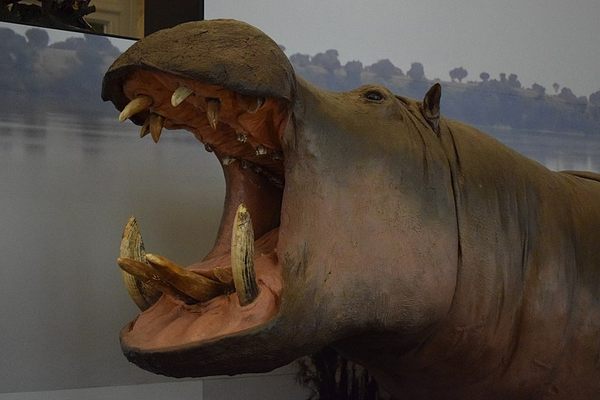
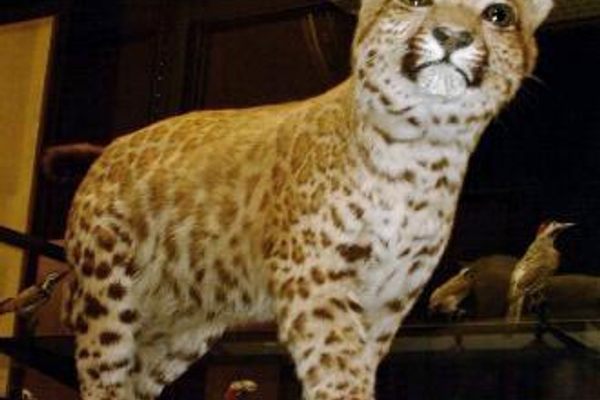




Follow us on Twitter to get the latest on the world's hidden wonders.
Like us on Facebook to get the latest on the world's hidden wonders.
Follow us on Twitter Like us on Facebook